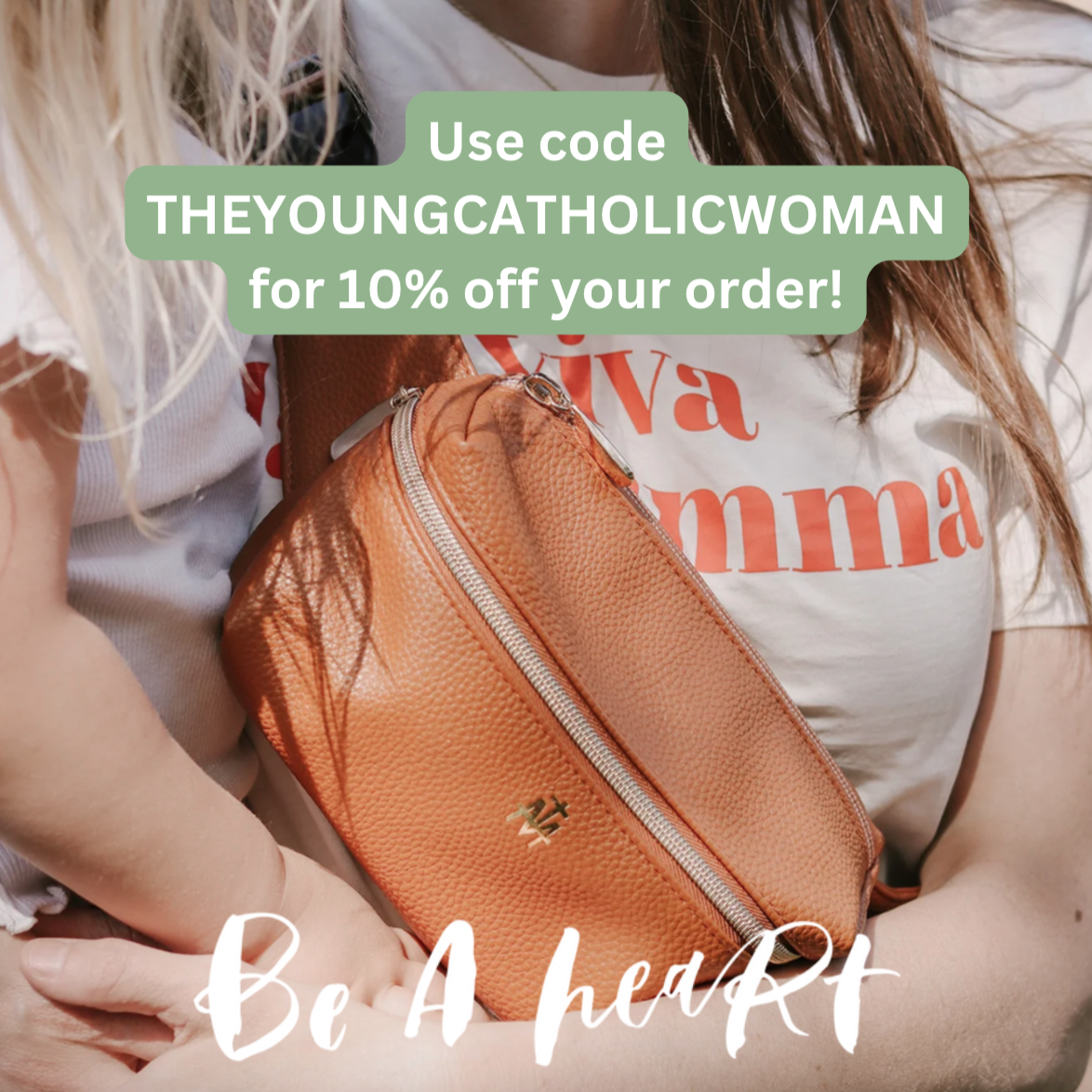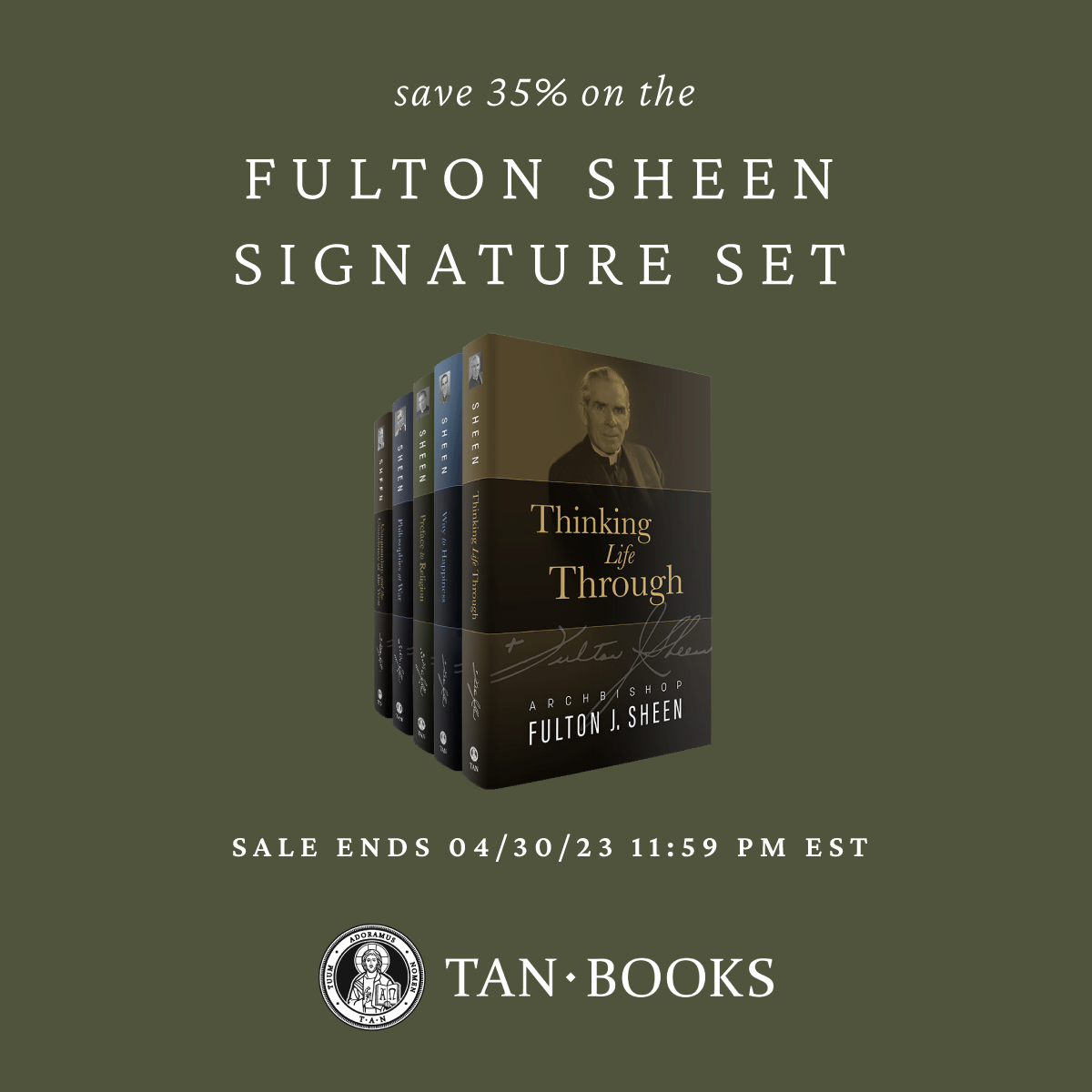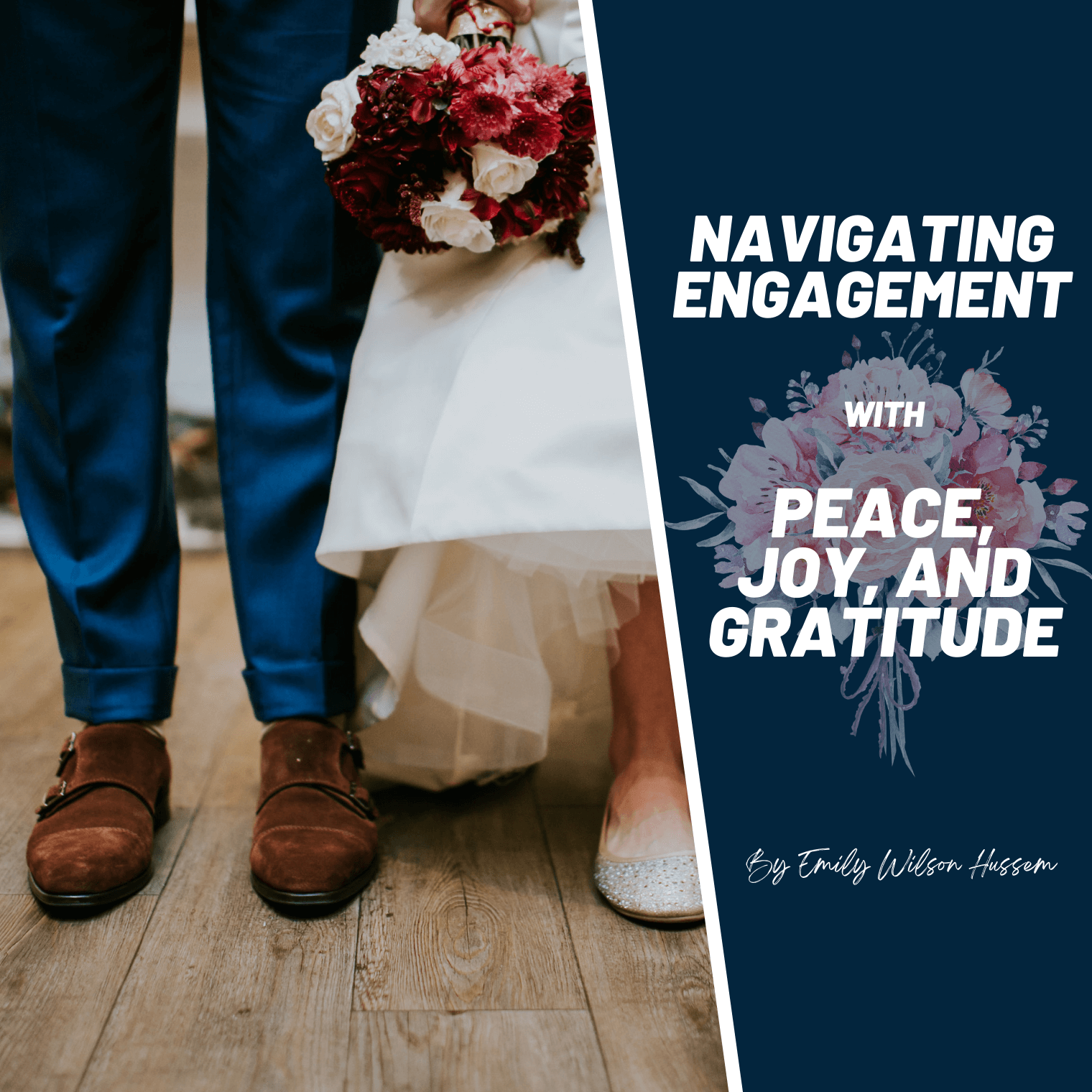The Therapeutic Power of Art
By Leah Eppen
Sir Winston Churchill was well known as a family man, a soldier, a politician, a war leader, and a senior statesman…but he was also an artist. He produced over 500 paintings in his lifetime which is impressive considering he only began painting at 40 years old. In his essay-turned-book Painting as a Pastime, Churchill says, “Painting came to my rescue in a most trying time…I had great anxiety and no means of relieving it.”
A military operation at Gallipoli, for which Churchill had strongly campaigned, was a colossal failure and resulted in his demotion from office in 1915. “I had long hours of utterly unwonted leisure in which to contemplate the frightful unfolding of the war,” Churchill explains. His search for a distraction from this fallout led him to take up oil painting as a hobby. Confident as he was in business, he was humble about his amateur ability to paint but insisted that focusing on the joy of painting was more beneficial than turning a critical eye to the final product. Throughout his life, Churchill heralded painting as an effective way to relieve his anxieties.
My experience with art is similar to that of Winston Churchill. “Painting came to my rescue,” he said. Well, painting also came to mine. But it came to my rescue as a kind of prayer.
I’ve always liked art, but art with God is something else entirely. I didn’t know there was a whole part of myself unused and tucked away in a corner like a stack of old books. As I dusted off my creativity and imagination, it was as if they both looked at me and exclaimed, “Well finally, old girl! Let’s go!” And in a moment, I gave myself one rule…no rules! Like prayer, art is a conversation and my conversations with God have always been free and deeply honest—why should my process of creating art be any different? It doesn’t matter what I paint, but how my soul is engaged when I paint it.
The Catechism of the Catholic Church affirms the importance of art for the human person: “Created ‘in the image of God’, man also expresses the truth of his relationship with God the Creator by the beauty of his artistic works. Indeed, art is a distinctly human form of expression… art is a superabundance of the human being’s inner riches” (CCC 2501). Because God created you, you are innately capable of participating in His creativity. He is both Healer and Creator and He has given you “inner riches” in order to praise Him, love Him, and let Him work through you for His Divine Purpose.
Whether or not you consider yourself “artistic,” co-creativity with God through art can tap into healing with a brushstroke, a prayer, or Visio Divina. In Matthew 11:28, Jesus tells us, “Come to me, all you who labor and are burdened, and I will give you rest.” His desire for you to be whole and healed is unparalleled. Trust that His methods of healing know no bounds, and that they will bring you rest like He brought rest to me and to His son, Winston Churchill.
Art therapy: an introduction
I’ve experienced firsthand how the creative or artistic process gives voice to what can’t be put into words. Maybe you’ve felt that your experience is too deep, too painful, or too big for words to do it justice. Sometimes, drawing, sculpting, or sitting with a piece of art can validate your experience in ways words don’t––this is the power of art in the healing process.
Anyone who has found rest and refuge in the artistic process will probably shout from the rooftops that art has therapeutic qualities. It’s not an experience one can easily ignore. Today, the American Art Therapy Association (AATA) defines art therapy as “An integrative mental health and human services profession that enriches the lives of individuals, families, and communities through active art-making, creative process, applied psychological theory, and human experience within a psychotherapeutic relationship.”
Contemporary art therapy is used within a large spectrum of mental health issues like anxiety and depressive disorders, post-traumatic stress disorder (PTSD), eating disorders, schizophrenia, substance dependencies, attention deficit hyperactivity (ADHD), and grief healing. But the versatility of this therapeutic approach extends to a variety of other health issues including cancer, heart disease, and pain management.
Though Sir Winston Churchill might advocate strongly for the power of oil painting in his essay, art therapy methods can include drawing, painting, doodling, sculpting, collaging, finger painting, and carving, just to name a few.
It is important to note that using or creating art under the guidance of an art therapist is different from art as a personal tool for healing, reflection, and exploration. But beyond the definitions of art therapy as a profession, the underlying ideas supporting creativity, art, and expression as integral parts of the healing journey are significant and worth exploring further.
The healing qualities of art
Have you ever participated so fully in something that you feel rested, settled, or restored? Every time I pick up a brush, I seem to enter a whole new space, a tunnel of intentionality if you will, where I am attuned to the moment, to myself, and to God. As French-American artist Louise Bourgeois said, “Art is a way of recognizing oneself.” The healing process of observing art or expressing oneself through art is unique to each person because each person sees and understands the world differently and this is what makes art a transformational tool for healing.
If two people driving in a car are in a serious accident, would their reactions and internal experience be identical to one another? Probably not. Neither would their artistic representation of the same subject be the same. Claude Monet and Vincent Van Gogh both painted a vase of sunflowers in 1881 and 1889, respectively, but they are visually very different paintings, unique to the style of each artist. Monet and Van Gogh both observed similar subjects (a vase of sunflowers), but what came out on the end of their respective brushes is a direct reflection of the way in which they each experienced and observed the form and colour of the subject. Art can give us the space to see and visually articulate the world that we live in––without pretense, expectation, comparison, or pressure. Eliminating these constraints gives us space to heal.
A research study by Deirdre Heenan makes a few notable conclusions on how art is effective in promoting mental health: “The art as therapy course was credited with improvements in self‐esteem and self‐confidence. It provided a safe space for reflection on mental health issues. Participants described the programme as cathartic and a springboard for engagement in a wide range of further projects.” When art is used in therapy, it allows the individual to take charge of their own healing journey because the focus is on what they can do rather than how they might be limited. Heenan makes clear that the participants felt art therapy allowed them to focus on their strengths which helped them relax enough to open themselves up to the healing process.
Engaging in transformative creativity
Increased self-esteem, safe space, and empowerment. Sir Winston Churchill experienced all of these things in spades as his artistic abilities developed. But he cautions, “We must not be ambitious. We cannot aspire to masterpieces. We may content ourselves with a joy ride in a paint-box.”
My own “joy ride in a paintbox” has become a meditative process where God and I meet more and more often at the easel. I often use painting as a form of prayer. When I began painting and drawing, I wasn’t particularly “good” at it, but “good” art doesn’t matter to me as much as freedom and fun do. By letting art be fun, I can focus on the healing process and discard the pressures of producing “good” art.
In an article that explores the Catholic purpose of art, Fr. Dwight Longenecker explains that “a painting, a symphony, a play or a film that really works, takes us on a journey and leads us into an encounter. The highest forms of art do this by touching our emotions.” When we want to create art, music, dance, poetry, or plays, we first have to recognize that we are sub-creators of God. We are able to create because He first created us. “Art is like worship,” Fr. Longenecker says. This makes a Catholic approach to creating art transformational because God created us and all of the gifts He has given to us are intended to give Him glory and praise, including our creativity, effort, and imagination. Art is another way in which we can use those gifts to worship Him. Worship that lifts the heart and mind is often raw and authentic and our God is ready and waiting to receive any and every offering you make.
Many organizations, including the AATA, assert that art therapy unifies the body, mind, and soul in its process and that, for many people, art as therapy can be deeply spiritual. For Sir Winston Churchill, painting is a heavenly pursuit:
When I get to heaven I mean to spend a considerable portion of my first million years in painting, and so get to the bottom of the subject. But then I shall require a still gayer palette than I get here below. I expect orange and vermilion will be the darkest, dullest colours upon it, and beyond them there will be a whole range of wonderful new colours which will delight the celestial eye.
If you sometimes find that words are not enough to give voice to your experiences, it might be of value to you to try something new. God is both Creator and Healer and He wants to help you create and communicate––with Him, others, and yourself. Do not be afraid to pick up a pencil, a brush, or some clay! Whether you create art alongside an art therapist or you simply have a sketchbook at home, engaging in creativity opens many doors for self-exploration, self-expression, and transformational healing. And maybe you’ll find that art can be a form of prayer for you, as it has been for me.
Feel free to follow along with my “joy ride in a paintbox” on Instagram, @ochreandpine.










